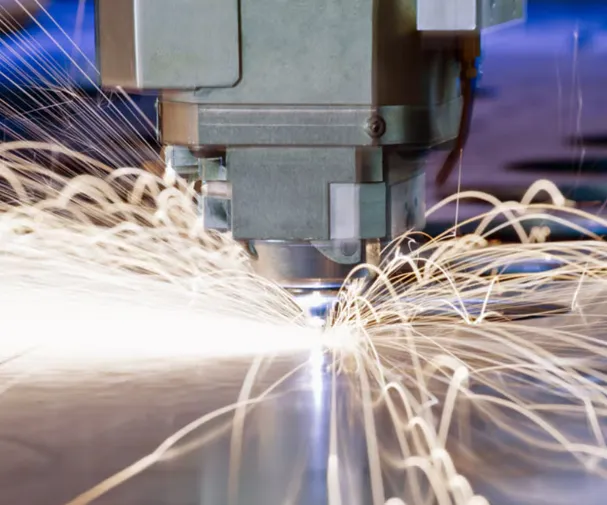Sheet metal has been at the heart of modern manufacturing since the Industrial Revolution, but the tools used to shape and design it have transformed dramatically. Today, digital solutions are redefining how manufacturers approach design, efficiency, and production, making sheet metal fabrication more precise and cost-effective than ever before.
From Drawings to Digital Design
For many years, 2D drawings were the foundation of sheet metal design. While they served their purpose, they lacked flexibility and made it difficult to spot design flaws before production. The shift to 3D computer-aided design (CAD) changed everything, offering detailed visualization, higher accuracy, and a clearer way to communicate ideas across teams. With parametric modeling, even small adjustments in design can now be reflected instantly throughout associated drafts, eliminating time-consuming revisions.
Precision and Collaboration in 3D CAD
The adoption of 3D CAD has allowed engineers to create more complex sheet metal models with unmatched precision. This doesn’t just reduce errors during fabrication—it also improves collaboration across stakeholders. Contractors, designers, and production teams can all view and interact with the same 3D model, ensuring alignment from concept to completion.
Automation further strengthens this process by generating models, drawings, and documentation directly from the 3D workflow. The result is faster turnaround times, less manual work, and a significant boost in productivity.
Key Challenges Facing the Industry
Despite major progress, manufacturers still face hurdles. One of the biggest is finding the right balance between efficiency and customization. Standardized designs streamline production, but unique projects often demand flexible approaches that can increase complexity and cost.
Material waste is another persistent issue. Sheet metal is costly, and inefficient cutting, tooling errors, or poor planning can drive waste levels beyond 15%. Reducing waste remains a top priority for manufacturers focused on both profitability and sustainability.
Data management and interoperability present additional obstacles. Different CAD systems don’t always communicate seamlessly, which can lead to lost information or production delays. Ensuring accurate file sharing across software platforms is essential for avoiding costly mistakes.
Software Solutions Driving Innovation
Modern design platforms are tackling these challenges head-on. Tools like the CGM Modeler provide manufacturers with advanced precision and simulation capabilities. By previewing real-world production scenarios, engineers can identify potential problems early, optimize material use, and deliver consistent product quality with shorter lead times.
Meanwhile, the 3D InterOp Suite solves interoperability issues by translating data between CAD systems without compromising design integrity. This allows teams using different tools to collaborate effectively, reducing rework and ensuring smoother transitions from design to production.
Looking Ahead
The future of sheet metal manufacturing lies in software that blends efficiency, flexibility, and collaboration. As technologies like CGM Modeler and 3D InterOp Suite continue to evolve, they empower manufacturers to reduce waste, improve accuracy, and bring products to market faster. Companies that embrace these innovations will be well-positioned to stay competitive in an industry where precision and speed are more critical than ever.







